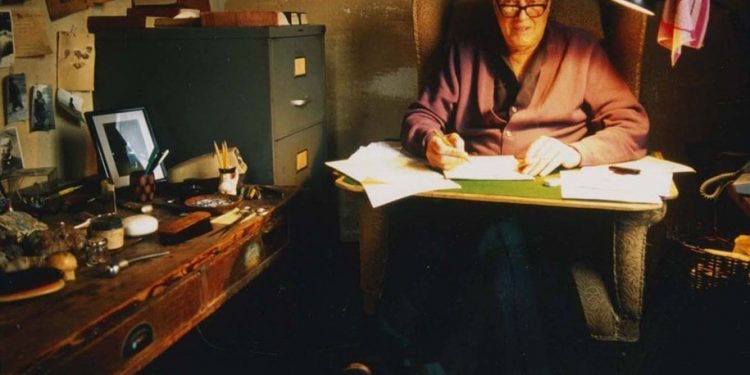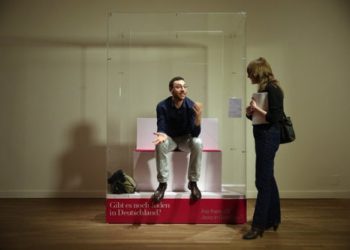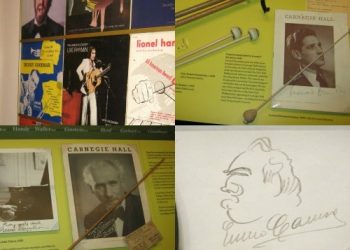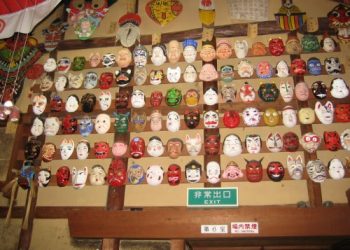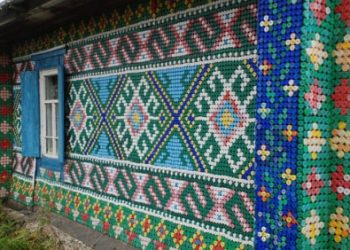Supposedly Roald Dahl‘s books continue to sell at the rate of 12 a minute every day of the year. That’s a lot of freaking books! Gipsy House in Great Missenden, England where the author lived from 1954 until his death in 1990 still remains in his family. So Dahl’s pocket-sized brick and polystyrene writing shed, where he produced children’s stories like Matilda and James and the Giant Peach, is not open to the public but has instead been recreated at the Roald Dahl Museum and Story Centre located on High Street in the village. The museum‘s intended audience is 6 to 12 year olds so there are lots of interactive exhibits but don’t let that stop you from seeing Dahl’s cozy work space. He often said his shed was like a little nest or a womb, and let’s just say he wasn’t wrong.
Everything is just as it had been the day he died. 141 objects in total. There’s his hand-me-down armchair (it once belonged to his mother) as well as his green baize writing board. On top of the board are his spectacles, pencil and paper, and clothes brush. There’s a filing cabinet in the corner. The tobacco-stained walls are covered in letters and drawings by his children. The waste paper bin has not been emptied, nor has the ashtray full of stubbed Marlboro cigarettes. Visitors might notice a half-pound ball of foil, made from the chocolate bar wrappers and other sweets that Dahl consumed on a daily basis, supposedly for inspiration (Charlie and the Chocolate Factory, anyone?). A rock veined with opal from South Australia was sent to Dahl by a boy he spoke to on a bush telegraph link in 1989. Probably the strangest items are the jar of Dahl’s spinal shavings and the author’s original hip bone. Or maybe it’s not so strange when you find out Dahl had steel hips and six operations on his spine. But you know what is strange? Finding out Dahl was 6’ 5” – how did someone so tall work in such a tiny space?

